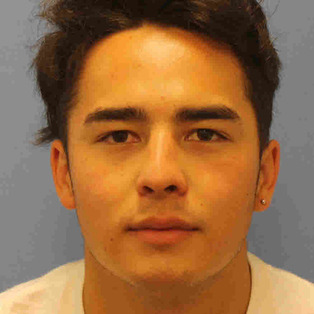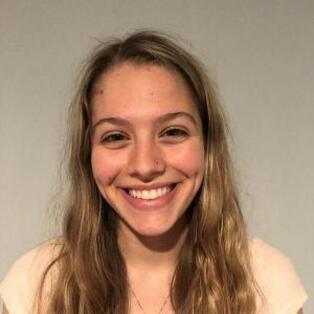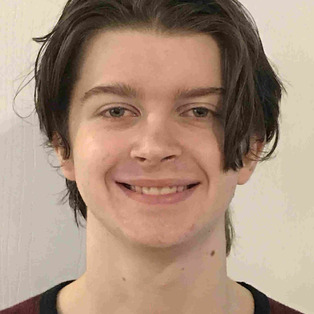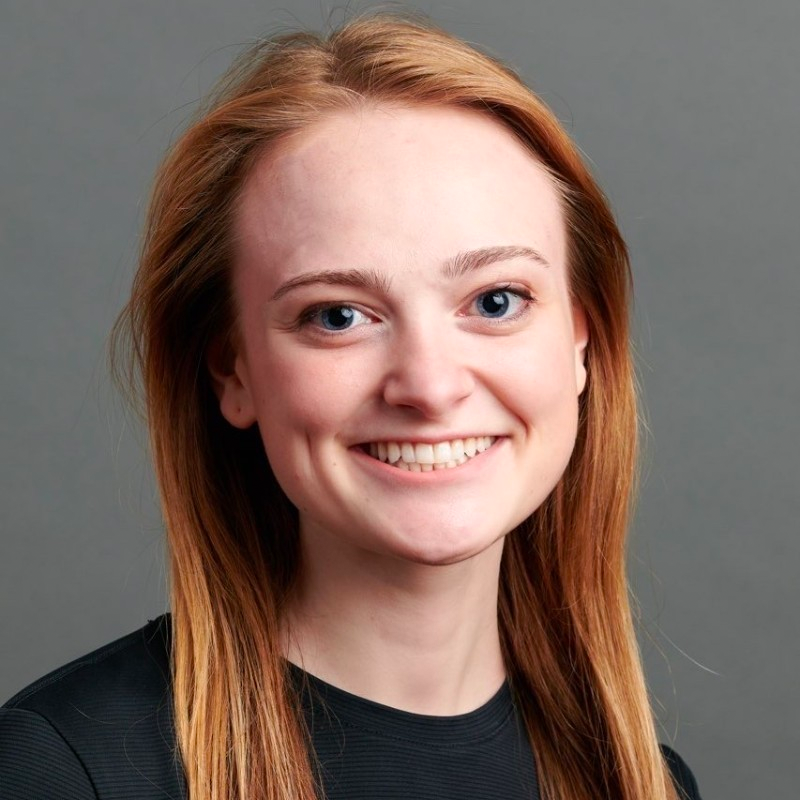Associated Lab Members
EXTERNAL ASSOCIATES
Martin Vo
Current Affiliation: Lake Erie College of Osteopathic Medicine, Erie (LECOM)
Degree path: Completing a D.O. in pediatric medicine
Class: 2026
Xavier & Lab Alumn: Class of 2022
Lab Publication(s):
- Contributing author in Early-Life Caffeine Exposure Induces Morphological Changes and Altered Physiology in Caenorhabditis elegans (2023). Biochemical and Biophysical Research Communications.
- First author of Photo Phenosizer, a rapid machine learning-based method to measure cell dimensions in fission yeast (2022). microPublication Biology.
- Contributing author in Comprehensive Genetic Analysis of DGAT2 Mutations and Gene Expression Patterns in Human Cancers (2021). Biology.
Scientific Meeting Presentation(s)
CURRENT PROJECTS AT LECOM/XAVIER:
Lab Project(s):
- Development of an automated genotyper for fission yeast strain construction using an iPhone photo-based app (computer science, genetics)
- Analysis on the effect of driver and pathogenic mutations in cancer (bioinformatics, genetics, genomics, statistics)
- Application of an automated, cell-segmenting program in detecting morphology changes linked to cell cycle disruptions (computer science, genetics, microscopy)
- Development of a comptutational framework to screen for driver mutations in lipid-regulating pathways associated with accelerated ageing and premature-onsert cancers (medicine, genomics, genetics, bioinformatics, computer science)
LEGACY PROJECTS AT XAVIER:
Lab Project(s):
- Automated cell segmentation to measure S. pombe cell dimensions (bioinformatics, genetics, microscopy)
- Contribution of ribosome stalling to early cancer onset (bioinformatics)
- Examination of cancer mutations in medically-relevant liver enzymes (bioinformatics)
- Genetic analysis of DGAT2 mutations in human cancers (bioinformatics)
Senior Thesis Title:
- A rapid machine learning-based method to analyze cell dimensions in fission yeast microscope images
INTERNAL ASSOCIATES

Mauricio Dominguez
Co-Mentor(s): Hanna Wetzel, Ph.D.
Major: B.S. in Biological Sciences for Business
Class Level: Junior (2025)
Career Goal: Ph.D. in Chemistry
Lab Publication(s):
- Contributing author in Early-Life Caffeine Exposure Induces Morphological Changes and Altered Physiology in Caenorhabditis elegans (2023). Biochemical and Biophysical Research Communications.
- Contributing author in Photo Phenosizer, a rapid machine learning-based method to measure cell dimensions in fission yeast (2022). microPublication Biology.
Scientific Meeting Presentation(s)
Lab Project(s):
- Automated cell segmentation to measure S. pombe cell dimensions (bioinformatics, genetics, microscopy)
- Role of the fission yeast lipid regulators Sre1, Dga1, and Cut6 in response to DNA damage (bioinformatics, genetics, molecular biology, microscopy)
- Automated examination of cell dimension changes in a Hip1 mutant following DNA damage (bioinformatics, genetics, molecular biology, microscopy)
- Contribution of ribosome stalling to early cancer onset (bioinformatics)
- Generation of a quantitative method to validate micropad quality in live-cell microscopy experimental routines (microscopy, mathematical biology)
- The role of DNA damage in lipid level deregulation in fission yeast (genetics, molecular biology, microscopy)

Lance Kuo-Esser
Co-mentors: Hanna Wetzel, Ph.D., Rick Mullins, Ph.D.
Major: B.S. in Chemical Sciences
Class Level: Sophomore (2025)
Career Goal: M.D., Ph.D. in Analytical Chemistry
Lab Publication(s):
- First author of Early-Life Caffeine Exposure Induces Morphological Changes and Altered Physiology in Caenorhabditis elegans (2023). Biochemical and Biophysical Research Communications.
- Contributing author in Photo Phenosizer, a rapid machine learning-based method to measure cell dimensions in fission yeast (2022). microPublication Biology.
Scientific Meeting Presentation(s)
Lab Project(s):
- Automated cell segmentation to measure S. pombe cell dimensions (bioinformatics, genetics, microscopy)
- Contribution of ribosome stalling to early cancer onset (bioinformatics)
- Role of creatine HCl in C. elegans animal size and locomotion (genetics, molecular biology, microscopy)
- Identification by HPLC-UV of lipid species associated with the response to genotoxicity (chemical biology)
- Generation of a quantitative method to validate micropad quality in live-cell microscopy experimental routines (microscopy, mathematical biology)

Julia Driggers
Co-mentors: Hanna Wetzel, Ph.D., Rick Mullins, Ph.D.
Major: B.S. in Chemical Sciences
Class Level: Junior (2024)
Career Goal: Ph.D. in Biochemistry
Scientific Meeting Presentation(s)
Lab Project(s):
- Role of the fission yeast lipid regulators Sre1, Dga1, and Cut6 in response to DNA damage (bioinformatics, genetics, molecular biology, microscopy)
- Contribution of ribosome stalling to early cancer onset (bioinformatics)
- Examination of mutational disruptions in cancer of two CYP450-related enzymes important for metabolizing anti-pain, anti-depression, and anti-Covid drugs (bioinformatics/pharmacology)
- Generation of a quantitative method to validate micropad quality in live-cell microscopy experimental routines (microscopy, mathematical biology)

Ronnie Cole
Co-Mentors: Nathan Sommer, Ph.D.
Major: B.S. in Computer Science
Class Level: Senior (2023)
Career Goal: Ph.D. in Computer Science
Lab Project(s):
- Development of an image-based app to genotype yeast strains based on colony phenotypes (computer science, genetics, microbiology)
- Adaptation and use optimization in budding yeast of a machine-learning pipeline employed to automate cell segmentation and measuring of fission yeast (computer science, genetics, microbiology, and microscopy)

Kate Plas
Co-Mentors: Nathan Sommer, Ph.D.
Major: B.S. in Computer Science
Class Level: Senior (2023)
Career Goal: Ph.D. in Computer Science
Lab Project(s):
- Adaptation and use optimization in budding yeast of a machine-learning pipeline employed to automate cell segmentation and measuring of fission yeast (computer science, genetics, microbiology, and microscopy)
- Development of an image-based app to genotype yeast strains based on colony phenotypes (computer science, genetics, microbiology)